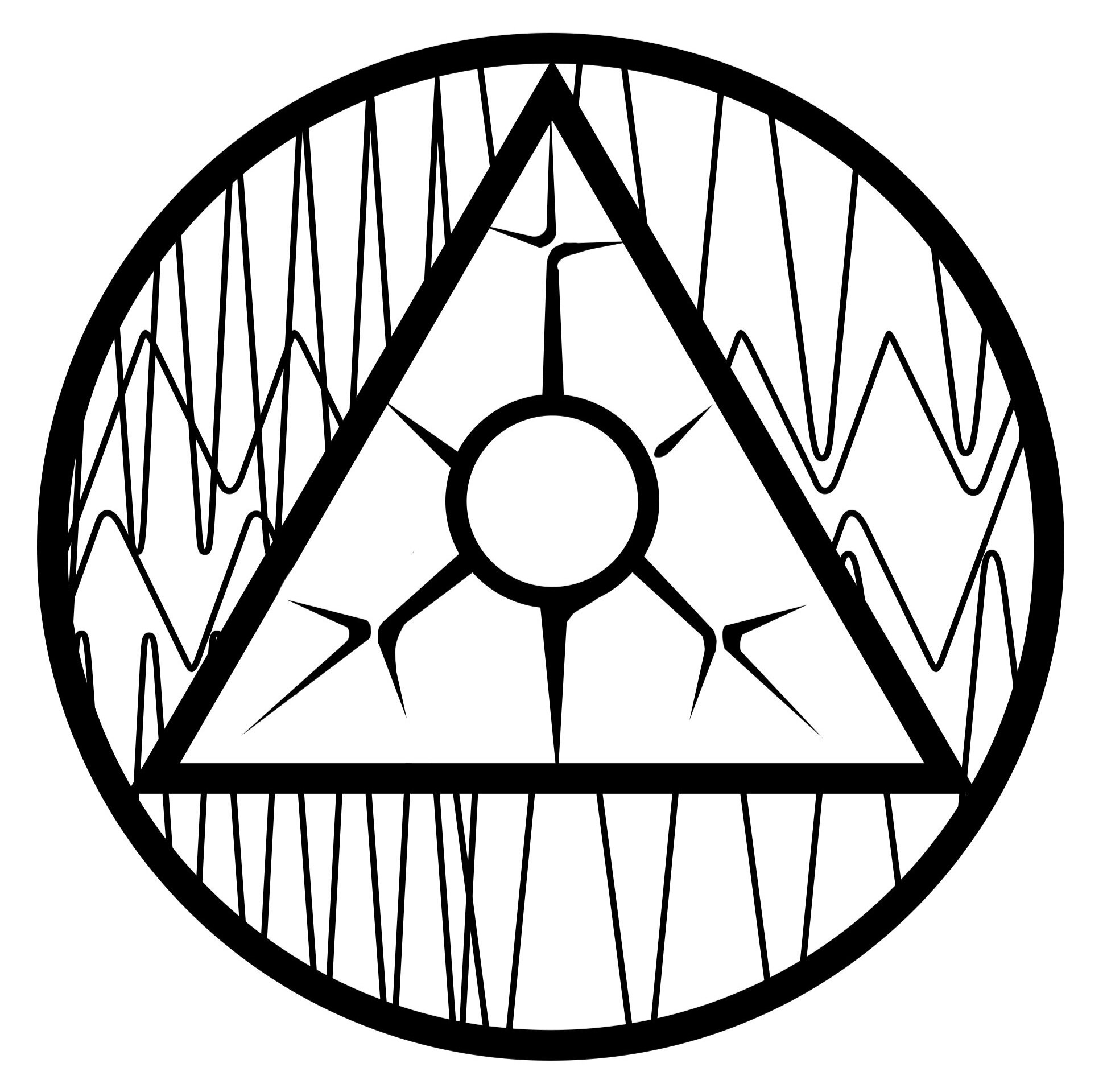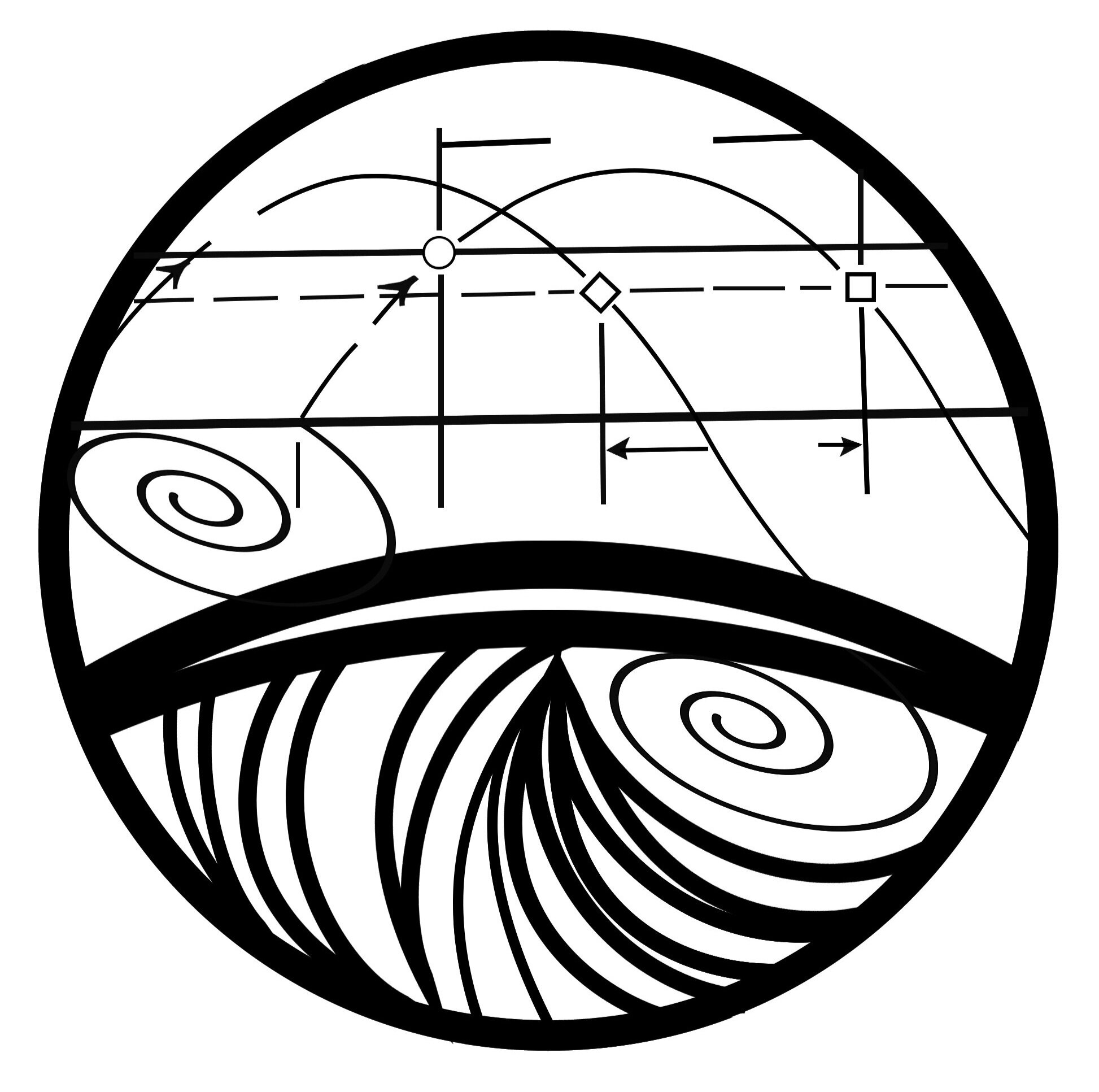Resonators
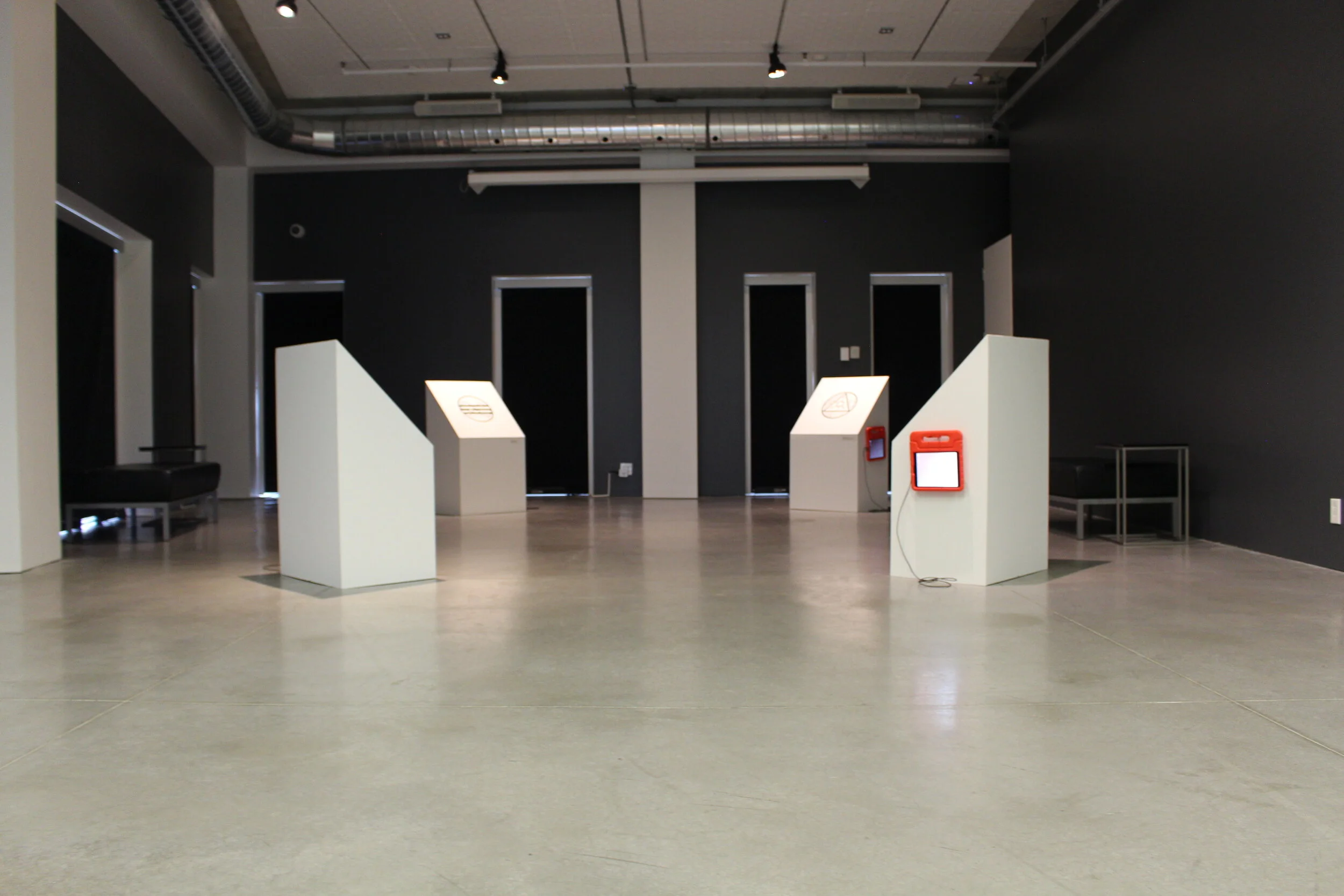
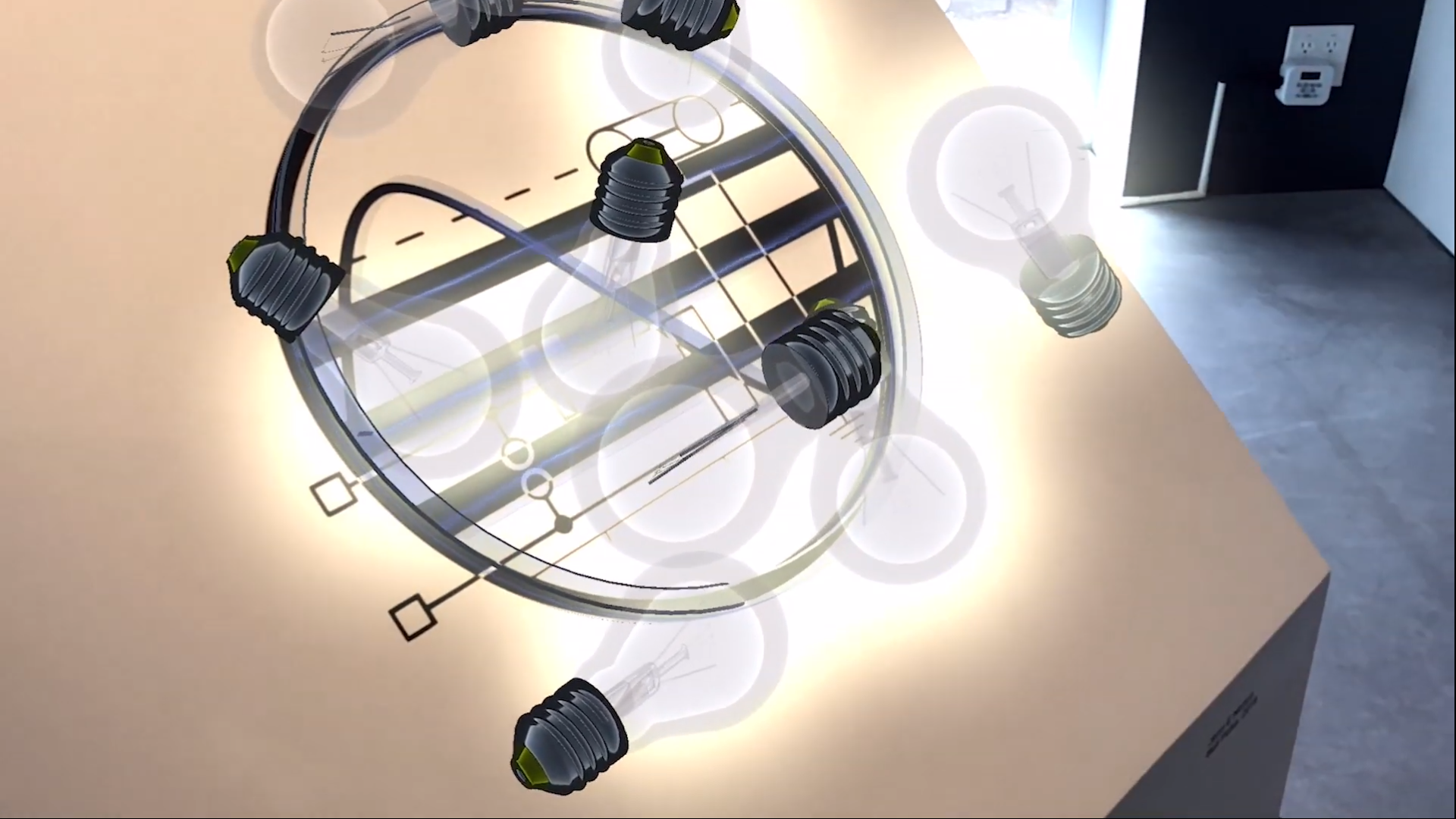
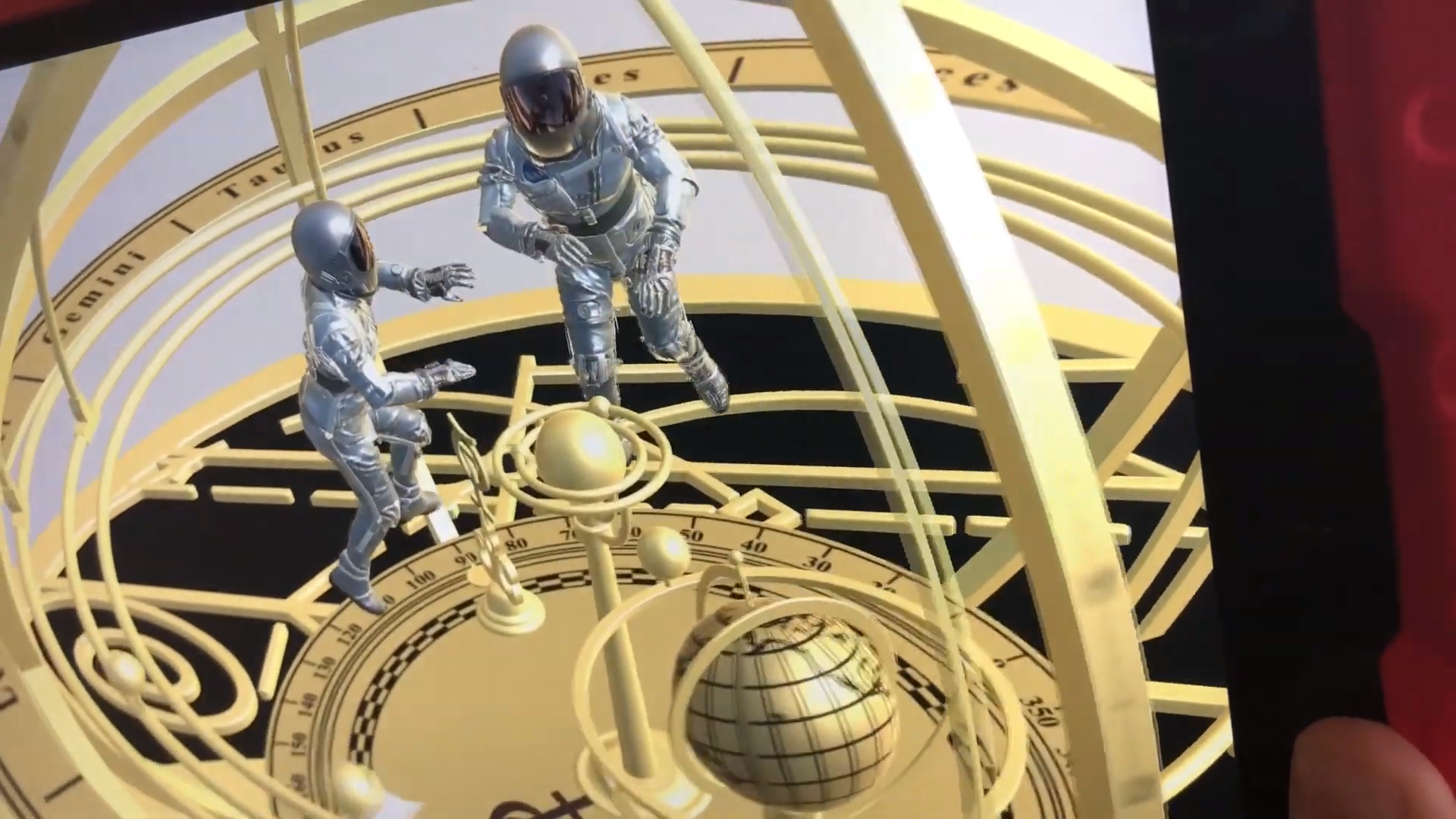



Resonators is an augmented reality series exhibited at the Judith & Norman Alix Gallery throughout October 2019 - January 2020. Each app looks to the work of an innovator in the field of science who were overlooked for their significant contributions, or pursued their research under conditions of oppression and duress. Each augmented animation is anchored by a vinyl image that serves as a fiducial marker derived from the actual notes, charts, and schematics of the featured innovators. This series was first inspired by the suppression and perseverance of physicist, mathematician and philosopher Sophie Germain. I first created Sophie (in Abentia) as a augmented reality portal in April, 2019, allowing users to enter an imagined space where Germain focused on her studies, in the chill of night.
Sophie (In Absentia)
The animated figure seated at work portrays mathematician, physicist, and philosopher, Sophie Germain.
Concertedly poised upon her studies, writing notes and transcriptions, she is housebound as the French Revolution raged on in the streets below. Her parents forbade scientific pursuits in the belief that it would render her unattractive to a suitor, and in efforts to thwart her studies, Germain is deprived of clothing, heat, and light, imposing physical duress to keep her in her bed, rather than at her desk. Though her inkwell occasionally froze, Germain continued to pursue her academic objectives, teaching herself Latin and Greek to read the works of Newton and Euler.
Posing as a male student studying through correspondence, Germain went on to win awards (received in absentia) for her work on elasticity and acoustics, discovered the eponymously named Germain Primes she formulated to use in her examinations of Fermat’s Last Theorem and wrote two philosophical books that were published posthumously.
Orbital Paths
The image seen here derives from the calculations of Katherine Johnson, a mathematician who was essential in plotting trajectories, launch windows and emergency return paths for Project Mercury, the first American human spaceflight in 1961, as well as the Apollo Lunar Module, Space Shuttle Program, and the mission to Mars, establishing the logistical workflow for subsequent NASA projects. Johnson began her career at NASA (formerly NACA) in 1953 as a mathematician in a position predominantly held by women referred to as "computers" to furnish the engineers with essential information pertaining variables such as wind gust alleviation. At this time, the southern United States was segregated, and Johnson and her coworkers were not permitted to work in the same room with their white colleagues, and their work was uncredited in documents. Johnson's calculations proved to be indispensable in the final stages of Project Mercury. In spite of much resistance amongst some of the senior NACA members, Johnson authored the report on the first manned spaceflight. "I finished the report and my name went on it, and that was the first time a woman in our division had her name on something." The pages seen floating into space in Orbital Paths represent pages from this report, and though the flight included one astronaut, Alan Shepard, two are included here, in honour of the first all-woman spacewalk by NASA astronauts Christine Koch and Jessica Meir.
Bell Pulse
Bell Pulse depicts an interpretation of astrophysicist Jocelyn Bell Burnell's notated charts that first identify radio pulsars from a rhythmic signal of interference.
The graduate student's observations led to the discovery of a neutron star rotating at a high velocity, which was a monumental discovery that won the 1974 Nobel Prize in Physics. The award was given to Antony Hewish and Martin Ryle, while Burnell was omitted as a recipient for the prize. The imagery of Burnell's charts became recognizable to a generation as the cover art of the album 1979 Unknown Pleasures. The pulsar heard and seen as an audio waveform in this app is a recording of PSR B1919+21), which generated the interference Burnell had first documented in her charts in 1967.
Jocelyn Bell Burnell went on to serve as the president of the Institute of Physics (2008 - 2010) and win numerous awards for work, including the Special Breakthrough Prize in Fundamental Physics to which she donated all of the prize money to scholarships for underrepresented minorities who aspire to become physicists.
Resonant Frequency
Resonant Frequency draws upon the efforts of the prolific inventor Nikola Tesla to create wireless electricity using the "earth itself as a conductive medium." (Talking with Planets, Tesla). Upon emigrating from Serbia to the United States with only a few cents in his pocket and a suitcase, Tesla went on to author over 300 patents. As the creator of numerous revolutionary inventions, wealthy corporations such as the Edison Manufacturing Company, profited upon his work without crediting Tesla, claiming full intellectual property. To maintain authorship over the multitudes of inventions including the induction motor in 1887, a bladeless turbine, radio remote control technology, and the polyphase alternating current system, Tesla initially financed his scientific pursuits by digging ditches for $2 a day. Once gaining employment with Westinghouse Electric Company a long-fought battle, known as the war of the currents, ensued between Tesla and Edison to establish whether Tesla's polyphase alternating current system or Edison's direct current system would become standard. In order to dissuade public approval for the superior AC system, Edison staged public electrocutions of animals and invented the electric chair to demonstrate that AC was a lethal and untenable source of power. Though Tesla and Westinghouse were triumphant in this battle, Tesla was unable to convince investors to support his dream to bring wireless electricity to the entire planet for little to no cost. Telsa demonstrated this near-field technology by illuminating incandescent light bulbs that received its power source wirelessly. Tesla became impoverished in his pursuits, despite having created many inventions we use to this day. .

